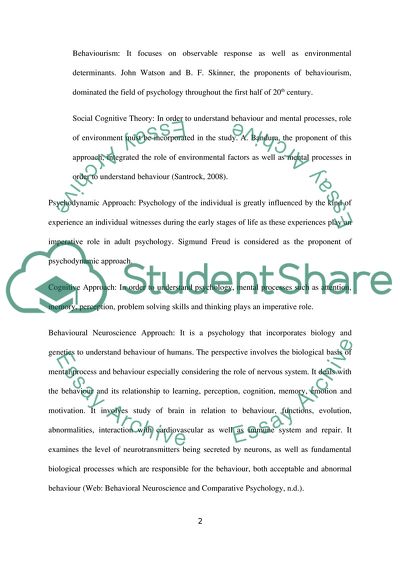Cite this document
(Behavioural Theory in Psychology Report Example | Topics and Well Written Essays - 2750 words, n.d.)
Behavioural Theory in Psychology Report Example | Topics and Well Written Essays - 2750 words. https://studentshare.org/education/1851219-critically-evaluate-the-notion-that-behavioural-theory-has-contributed-more-than-any-other-perspective-to-our-understanding-of-how-children-learn
Behavioural Theory in Psychology Report Example | Topics and Well Written Essays - 2750 words. https://studentshare.org/education/1851219-critically-evaluate-the-notion-that-behavioural-theory-has-contributed-more-than-any-other-perspective-to-our-understanding-of-how-children-learn
(Behavioural Theory in Psychology Report Example | Topics and Well Written Essays - 2750 Words)
Behavioural Theory in Psychology Report Example | Topics and Well Written Essays - 2750 Words. https://studentshare.org/education/1851219-critically-evaluate-the-notion-that-behavioural-theory-has-contributed-more-than-any-other-perspective-to-our-understanding-of-how-children-learn.
Behavioural Theory in Psychology Report Example | Topics and Well Written Essays - 2750 Words. https://studentshare.org/education/1851219-critically-evaluate-the-notion-that-behavioural-theory-has-contributed-more-than-any-other-perspective-to-our-understanding-of-how-children-learn.
“Behavioural Theory in Psychology Report Example | Topics and Well Written Essays - 2750 Words”. https://studentshare.org/education/1851219-critically-evaluate-the-notion-that-behavioural-theory-has-contributed-more-than-any-other-perspective-to-our-understanding-of-how-children-learn.


